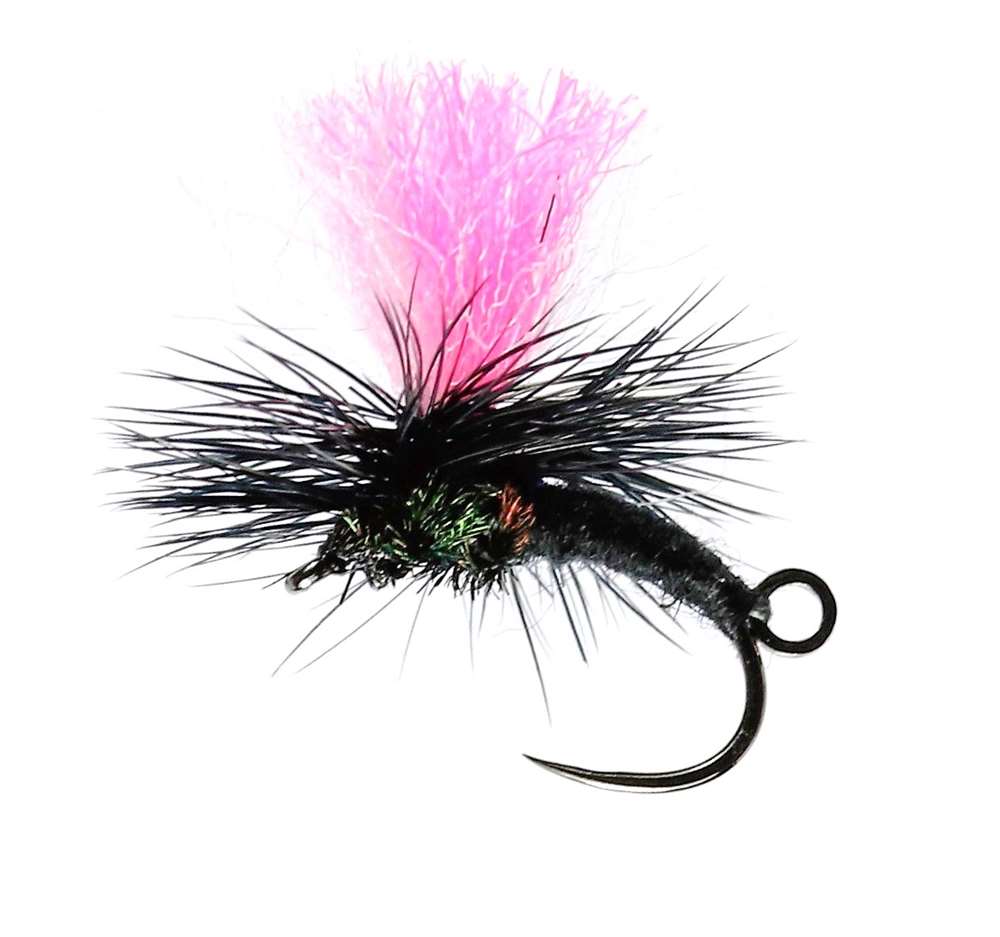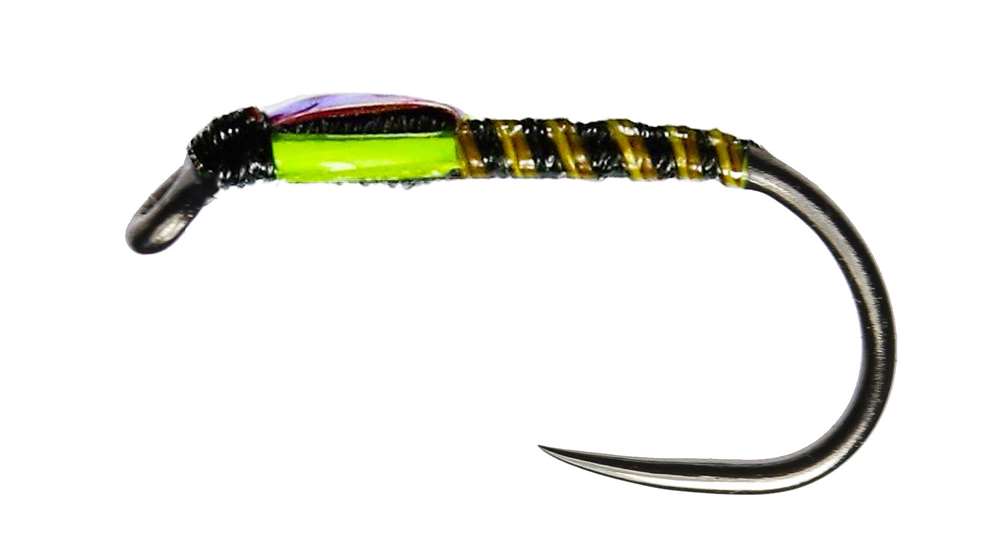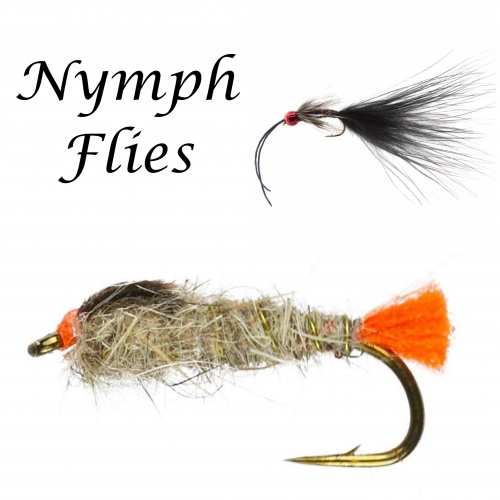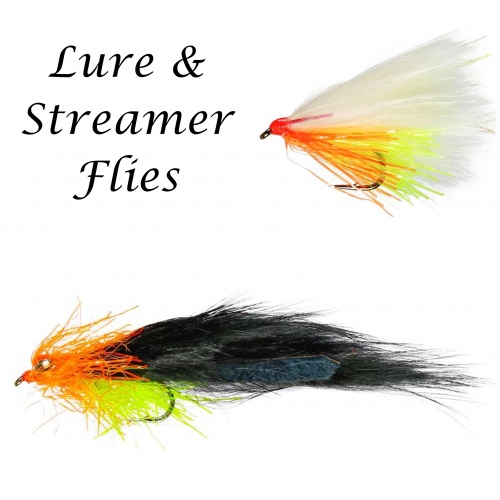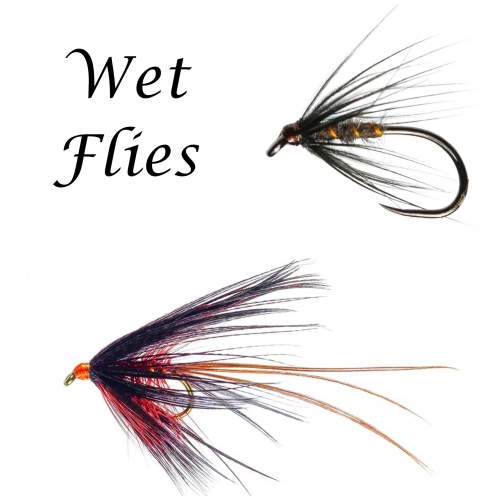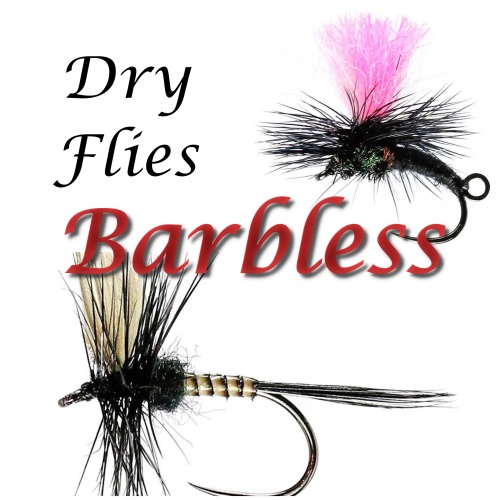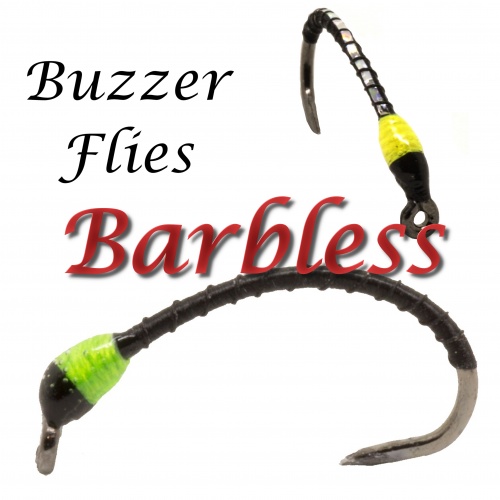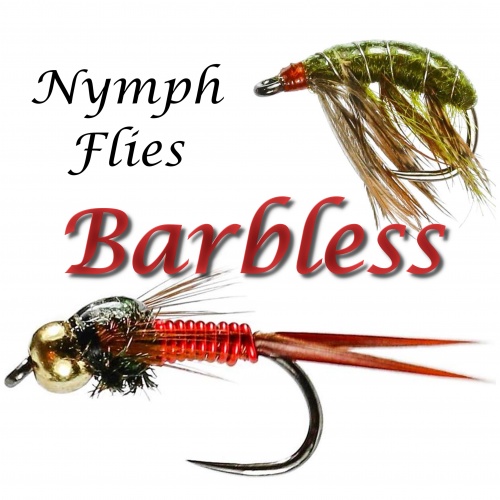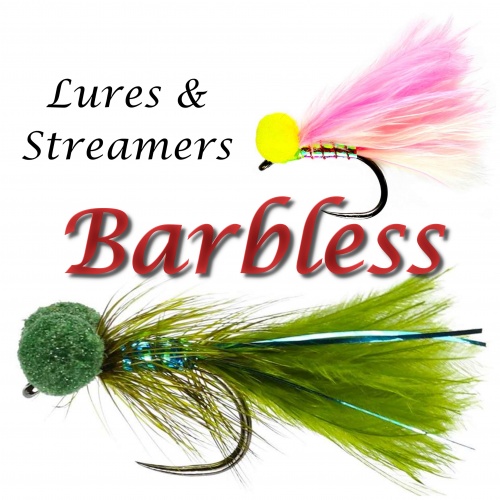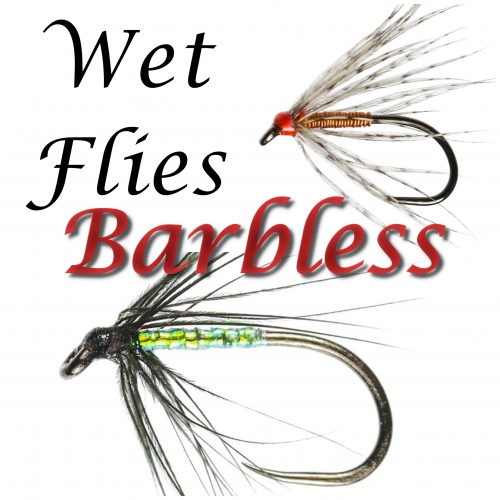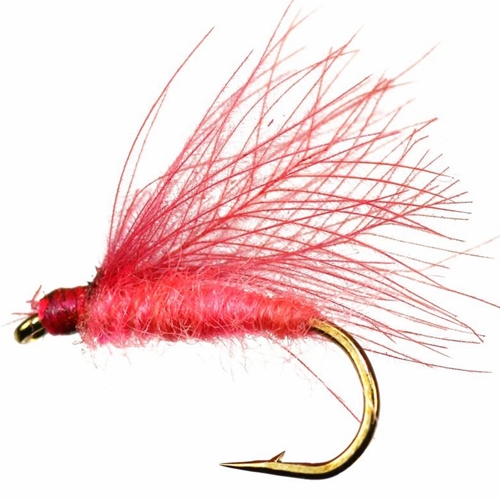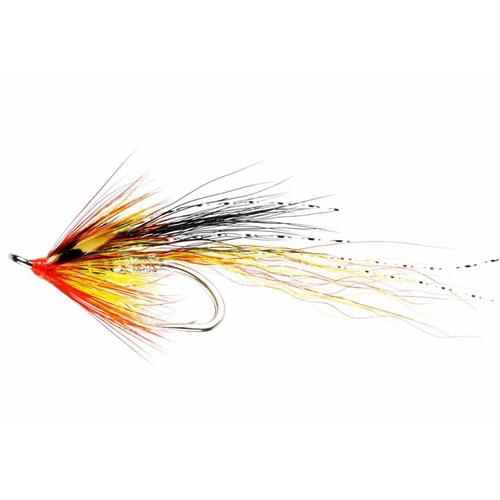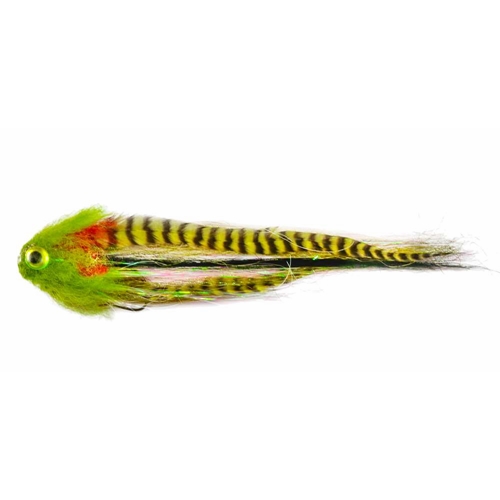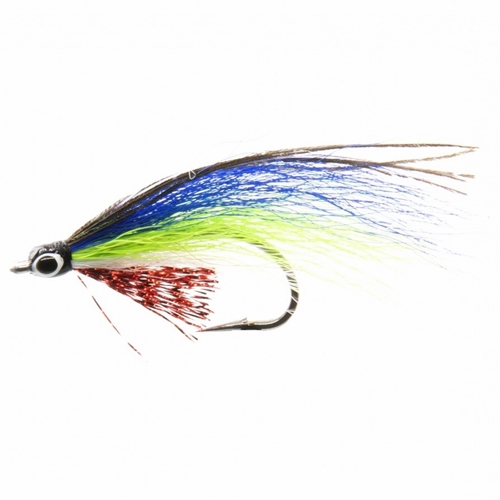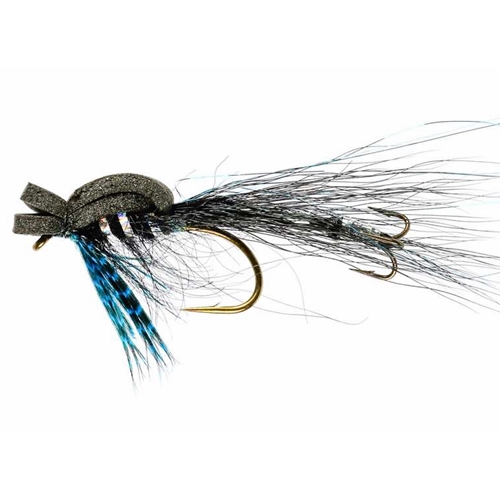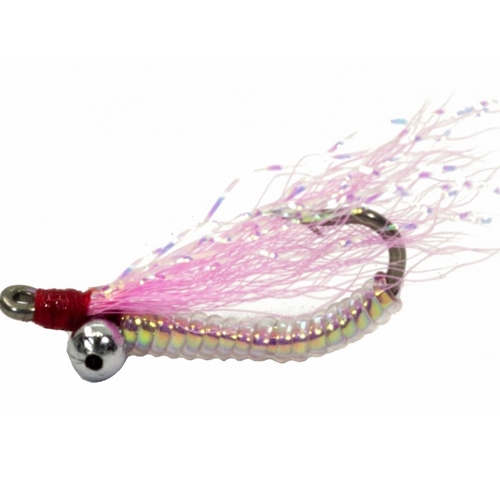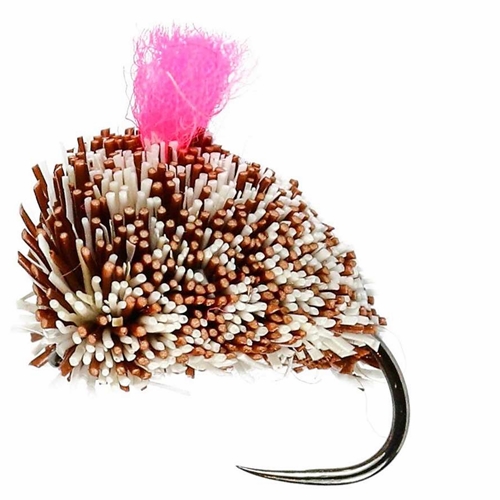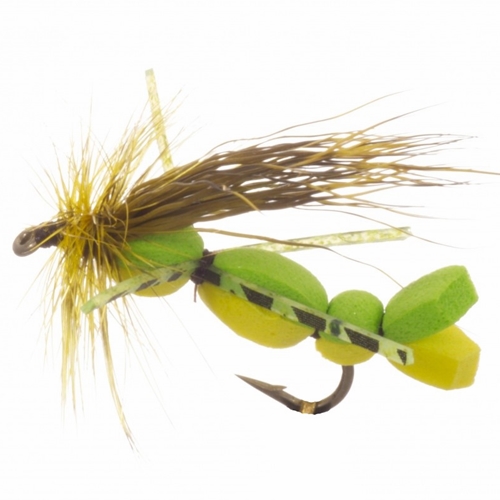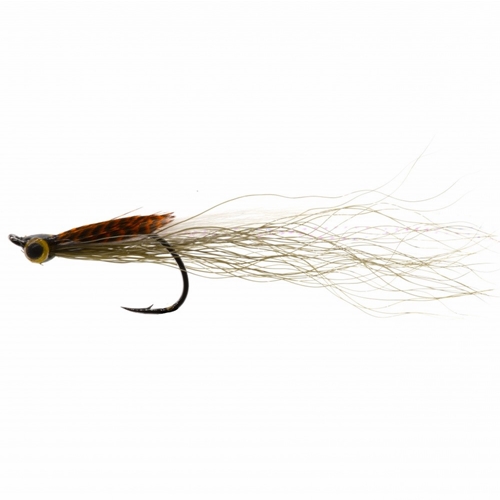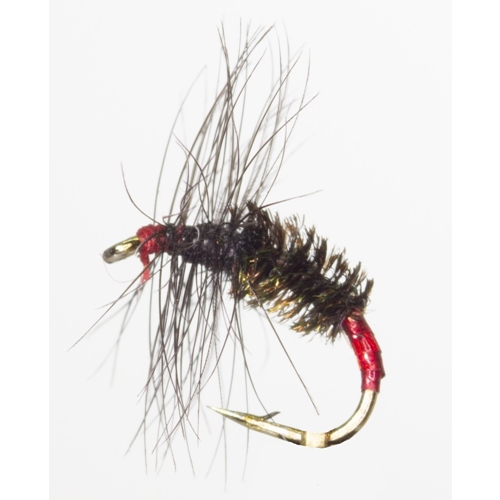Hooray For Heather Flies!

Hooray For heather flies!
August is a prime month for Heather Flies, which are a close relation of the Hawthorn Fly we see in April. We can instantly identify heather flies by the orange, trailing hind legs. They’re what we refer to as a ‘terrestrial’ which means they actually emerge on land. Winged adults now are easily blown onto water when a breeze picks up. Upland areas are considered a hotbed for heather flies though they do appear at lower elevations too.
Heather flies are instantly recognisable by their orangey-red markings in their upper legs
What usually happens is the sun’s rays provide terrestrials with the required energy to fly, so we can generally expect to see heather flies on the wing from late morning onwards. Usually the best of it occurs after lunch and into the late afternoon. Breezy conditions too obviously help as they blow heather fly onto the water. Generally speaking there’s two approaches we can adopt when targeting fish feeding on heather flies. Obviously, dry fly fishing will be on the lips of many, but wet flies have a place too!
Dry Fly Tactics:
A tapered leader is essential for delivering our fly with any semblance of accuracy. If it’s breezy a 9ft taper concluding in approximately a 5lb/6lb tippet is adequate. Where winds fall light then look to a 12ft taper. Come a flat calm a 14-15ft leader might give you an edge, which is best done by added a 2-3ft section on level tippet material using a 3-turn water knot. This extra length between fly and fly line ensures there is little disturbance when you’re fly alights on a mirror like surface.
Obviously, when dry fly fishing, we’re always looking for rising fish, or any disturbance close to the surface that indicates a feeding fish. When we see this, it’s vital to get your fly in the area quickly. As most trout track into the wind when feeding on stillwaters, try to place your fly a few feet ahead of the last rise you saw. Whilst we look to present a static fly, the occasional tweak, or two can be useful as it draws trout to your fly, but be careful not to overdo this especially during a flat calm.
 A plump brown trout from a hill tarn during a fall of heather flies
A plump brown trout from a hill tarn during a fall of heather flies
If there’s something of a breeze, it can be worth fishing two flies, positioned some 4ft apart. Remember not to make your dropper legs too long as they’ll tangle round the main leader, approx 6inch is about right for dry flies.
Top dry flies include hoppers and foam heather flies. Finally, make sure your fly is floating with a sparse treatment of floatant. The gel types have always been favourites of mine, as they can be applied to the hackle and wing only to render a low riding fly, which is easier for trout to seize.
Wet Fly Tactics:
Blustery weather whips up waves, especially on the larger, more exposed waters like lakes and reservoirs. Now, heather flies quickly become swamped and drowned. Trickling wet flies along either through wave tops, or more likely just beneath the surface is a valid method now.
Three flies should be positioned 3ft apart on an overall leader of some 12ft. These are best presented on a floating. As we’re all individuals the speed of the retrieve is subjective. Whether you’re drifting from a boat loch style, or fishing from the bank, my advice is the retrieve should be quick enough so your top dropper creates a ‘furrow’ in wave tops. Best flies for this kind of wet fly fishing at heather fly time include the bibio, zulu and black pennell. When the breeze falls light, your retrieve needs be much slower. In fact, forget bushy flies now and instead look to skinny black spiders.
.jpg) Being a terrestrial, heather flies sit low in the surface film
Being a terrestrial, heather flies sit low in the surface film

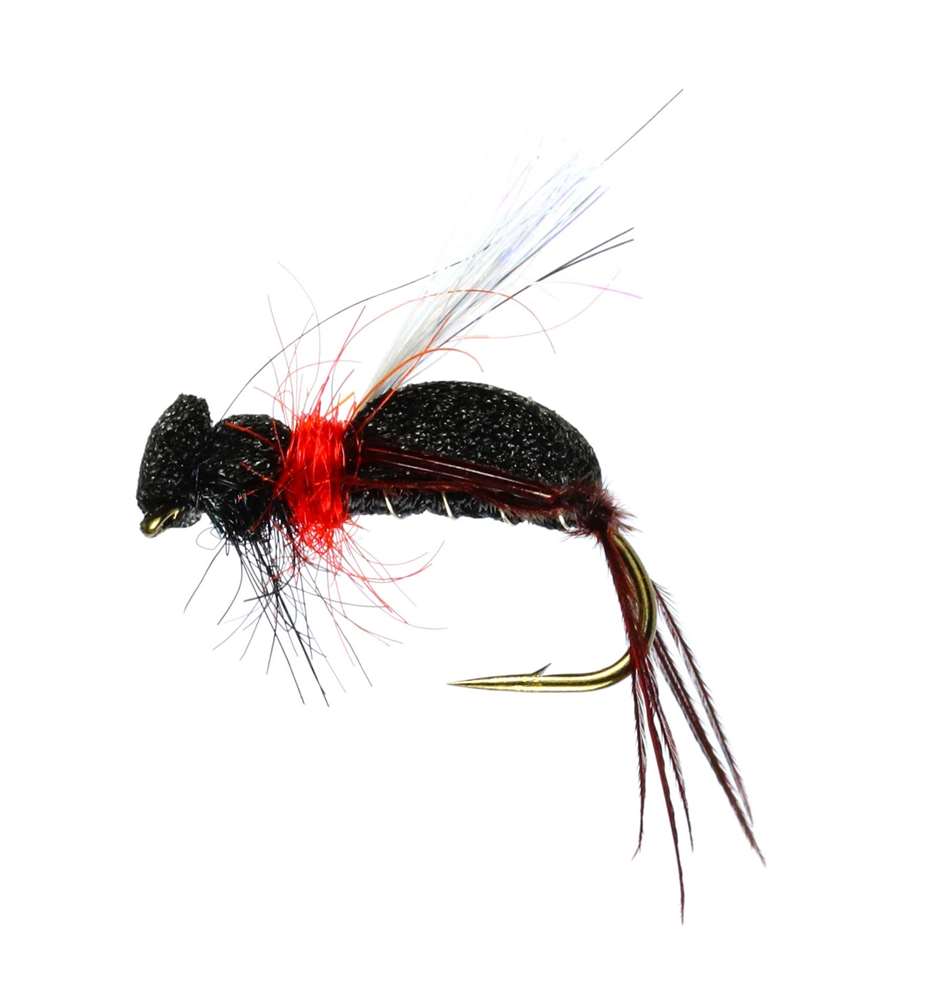


.jpg)

.jpg)
